运输管理系统(TMS)简介:核心概念和功能模块
在当今快速发展的物流业中、 运输管理系统(TMS) 是帮助企业管理、优化和自动化运输业务的关键。无论您是经营小型电子商务品牌,还是监管全球供应链,了解 TMS 的核心理念都是保持竞争力的关键。
本文探讨了 TMS 的基本目的、主要功能模块以及如何将其融入现代物流基础设施。
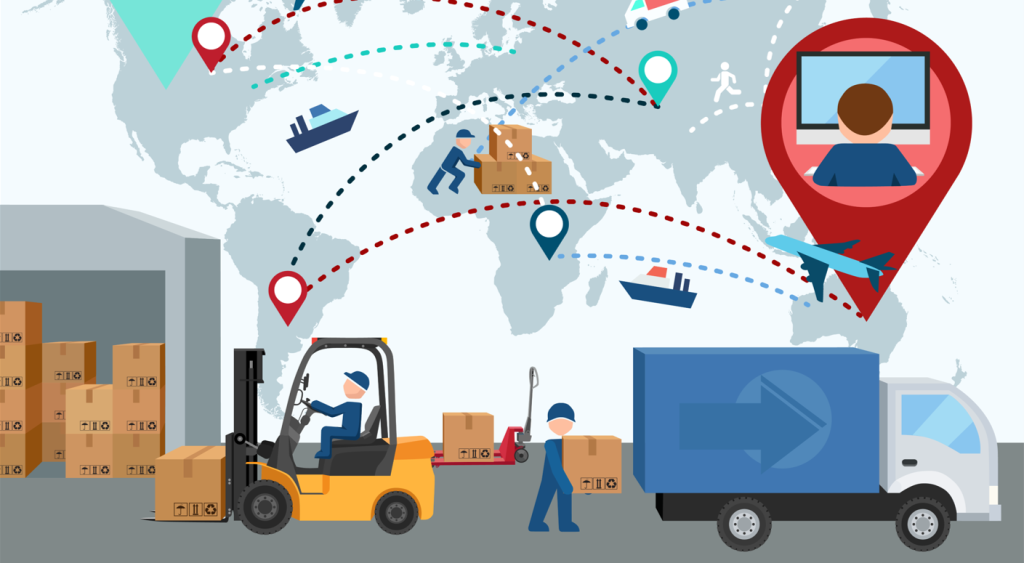
什么是运输管理系统(TMS)?
运输管理系统是一个软件平台,旨在简化和优化从原产地到目的地的货物运输。运输管理系统可帮助管理从路线规划、承运商选择到货运审计和绩效分析等一切事务。
TMS 系统的核心是帮助企业:
- 更高效地规划和执行货运
- 控制物流成本
- 提高服务水平
- 实时了解运输运营情况

谁在使用 TMS?
TMS 解决方案被多个行业广泛采用,包括
- 零售和电子商务:管理大量包裹运输
- 制造业:用于管理进出货运
- 第三方物流(3PL):协调为多个客户提供的服务
- 分销商和批发商:优化区域和长途运输
小型企业越来越多地采用基于云的 TMS 解决方案,以提高交付性能并减少运输差错。
TMS 的核心功能模块
设计精良的 TMS 通常由以下关键模块组成:
1. 订单管理
该模块管理每个订单的运输相关数据:
- 从以下地点导入订单 企业资源规划 或 WMS 系统
- 根据规则(如目的地、尺寸)为货运分配订单
- 将多个订单合并为一次装运
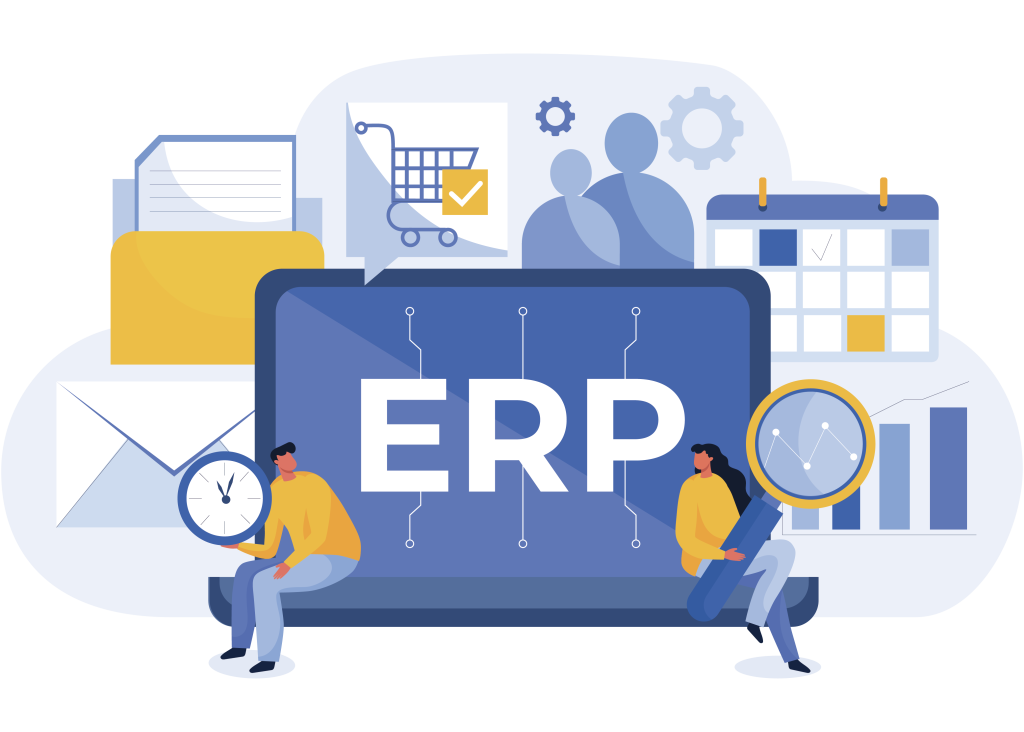
2. 路线规划与优化
路由引擎利用实时数据和限制条件计算出最具成本效益和时间效率的路径,例如
- 交货窗口
- 道路限制
- 耗油量
- 多站路线规划
3. 运营商管理
该模块可帮助企业管理与货运公司的关系:
- 维护承运商简介、费率和绩效记录
- 根据成本、运输时间或服务水平自动选择承运商
- 以电子方式发送装运请求并接收确认
4. 运费审计和付款
该功能可确保发票的准确性并跟踪运输成本:
- 将承运商发票与商定费率和实际服务水平相匹配
- 自动标记差异
- 为财务和对账生成报告
5. 实时跟踪和可见性
可见性是现代供应链的一个重要特征:
- 对车辆和货物进行实时 GPS 跟踪
- 状态更新和异常警报
- 与远程信息处理和物联网设备集成
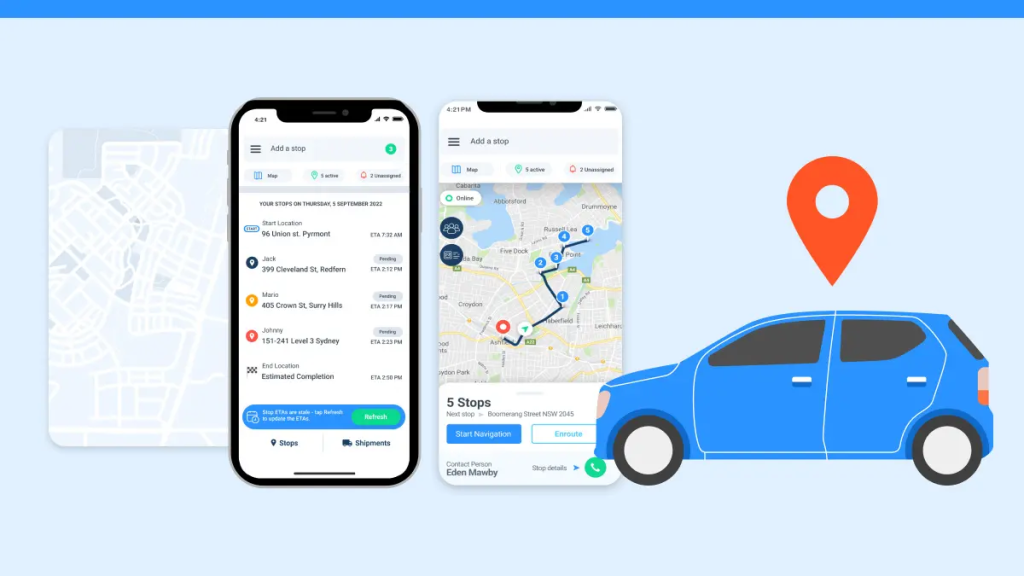
6. 分析和报告
TMS 系统提供先进的报告仪表板,为决策提供支持:
- 运营商性能分析
- 按时交付指标
- 按地区或方式分列的货运支出
- 碳足迹跟踪
TMS 与其他系统集成
TMS 平台很少单独运行。它们通常与以下系统集成
- 仓库管理系统(WMS)
- 企业资源规划(ERP)系统
- 订单管理系统(OMS)
- 标签打印和订单跟踪工具
这些集成通过连接运输、仓储和订单管理系统,创建了一个无缝的物流生态系统,实现了端到端的可视性、简化的工作流程以及对供应链每个阶段的精确控制。
云端 TMS 与内部 TMS 的比较
有两种标准部署模式:
- 基于云的 TMS:提供更快的部署速度、可扩展性和更低的前期成本。是中小型公司的理想选择。

- 预置式 TMS:提供更深入的定制功能,可能是拥有复杂 IT 政策的大型企业的首选。

最终想法
运输管理系统不仅仅是一个数字调度工具,它还是物流运营的神经中枢。公司可以通过实施运输管理系统来提高效率、降低成本和改善服务水平。
无论是每天运送几个包裹,还是每月管理成千上万的货物,投资于具有正确模块的正确 TMS 系统都能改变您的供应链绩效。
探索更多物流技术主题
您是否想深入了解 TMS 集成、供应商比较或实际案例研究?请继续关注 我们的博客!
行业洞察
收件箱消息
Nulla turp dis cursus.整体释放,预留空间


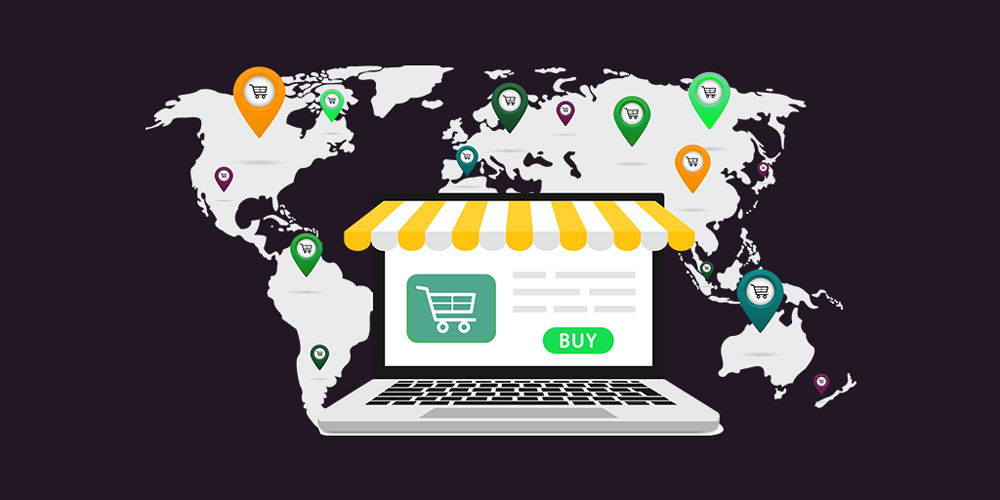

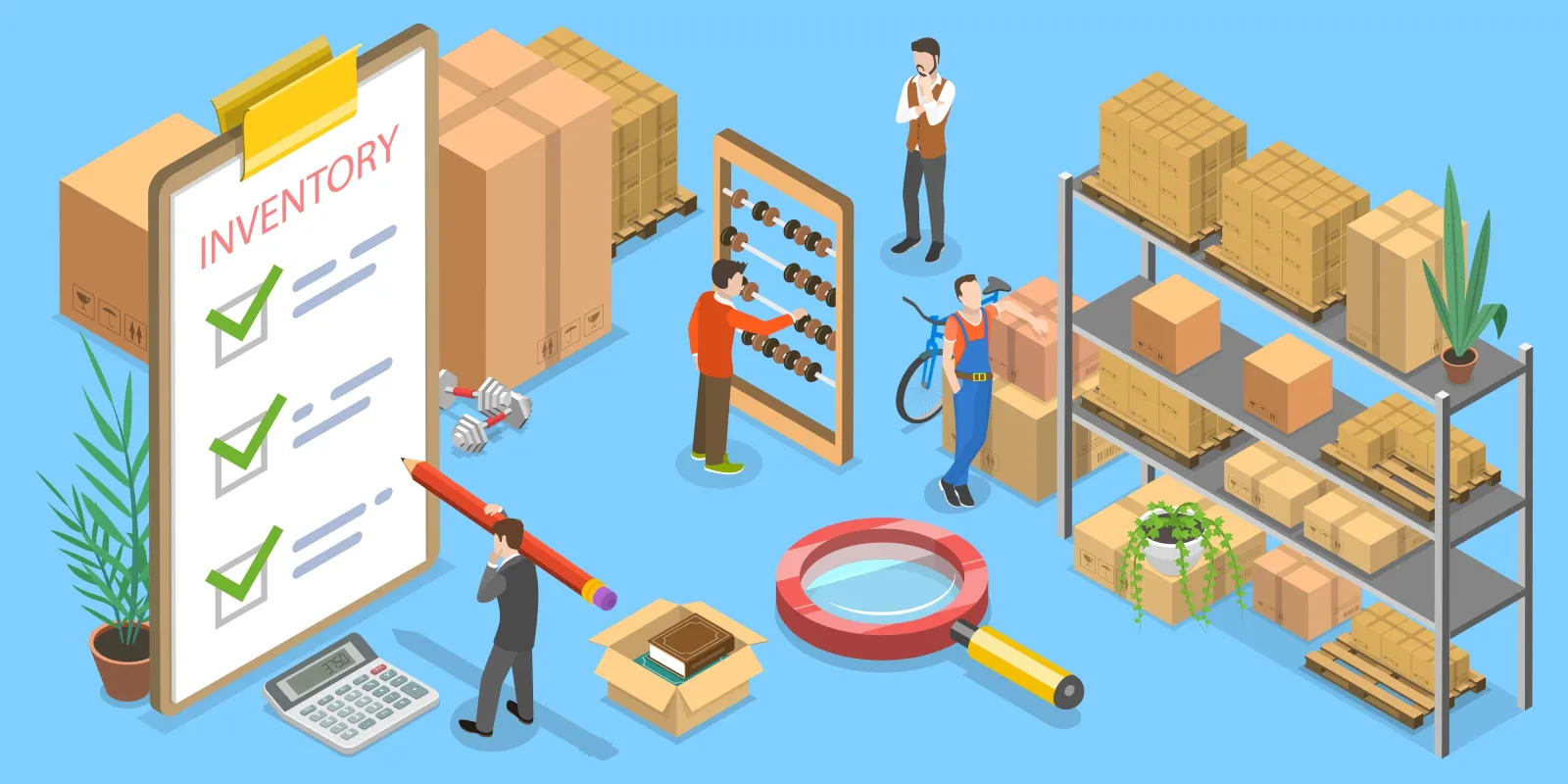




[...] 什么是 TMS?[...]
[...]在最佳仓库管理系统 (WMS) 或企业资源规划 (ERP) 系统内的现有模块之间,了解哪种解决方案更适合您的业务需求至关重要。这 [...]
[...] 什么是运输管理系统(TMS)?[...]
[...]供应链变得越来越复杂,时效性越来越强,运输管理系统(TMS)已成为一项重要的物流技术。无论您是在管理进货原材料 [...]
[......]持续上升,企业需要更具创新性的物流解决方案来保持竞争力。运输管理系统(TMS)可以帮助简化运输操作、降低货运成本并提高可视性。但是,选择 [...]
[......]多个承运商、时差和不同的交付期望。这就是运输管理系统(TMS)成为关键任务的原因 [...] 。
[...]在快速发展的物流和供应链管理领域,选择正确的运输管理系统(TMS)可以极大地影响成本控制、可见性和运营效率。随着众多 [...]
[...]交货期限。为了保持竞争力,物流提供商和零售商正在将他们的运输管理系统(TMS)与标签打印系统、订单跟踪平台和订单管理 [...] 等关键工具进行整合。
[...]正在转向人工智能(AI)和数据分析,以增强其运输管理系统(TMS)的功能。这些技术正在重塑企业规划路线、选择承运商、管理异常情况、[...][...
[...]行业变得越来越数据驱动和复杂,各种规模的公司都在转向运输管理系统(TMS),以获得对运输的控制、降低成本并提高交付的可见性。然而,一个主要 [...]
[......]在不影响交货速度的前提下,削减成本和提高服务水平的压力越来越大。运输管理系统(TMS)为应对这一挑战提供了创新、可扩展的解决方案。通过对关键环节进行自动化和优化 [...]